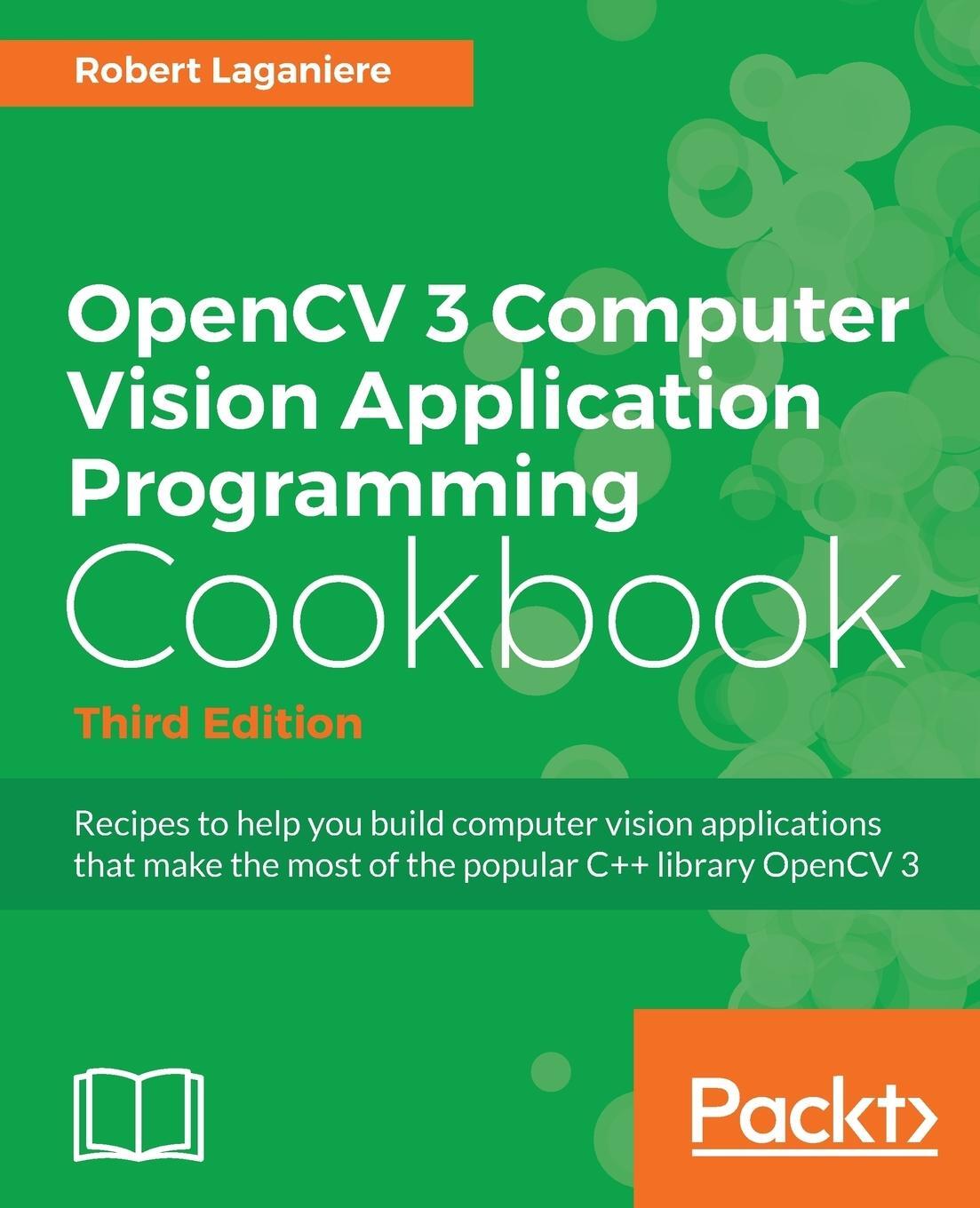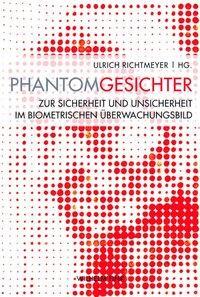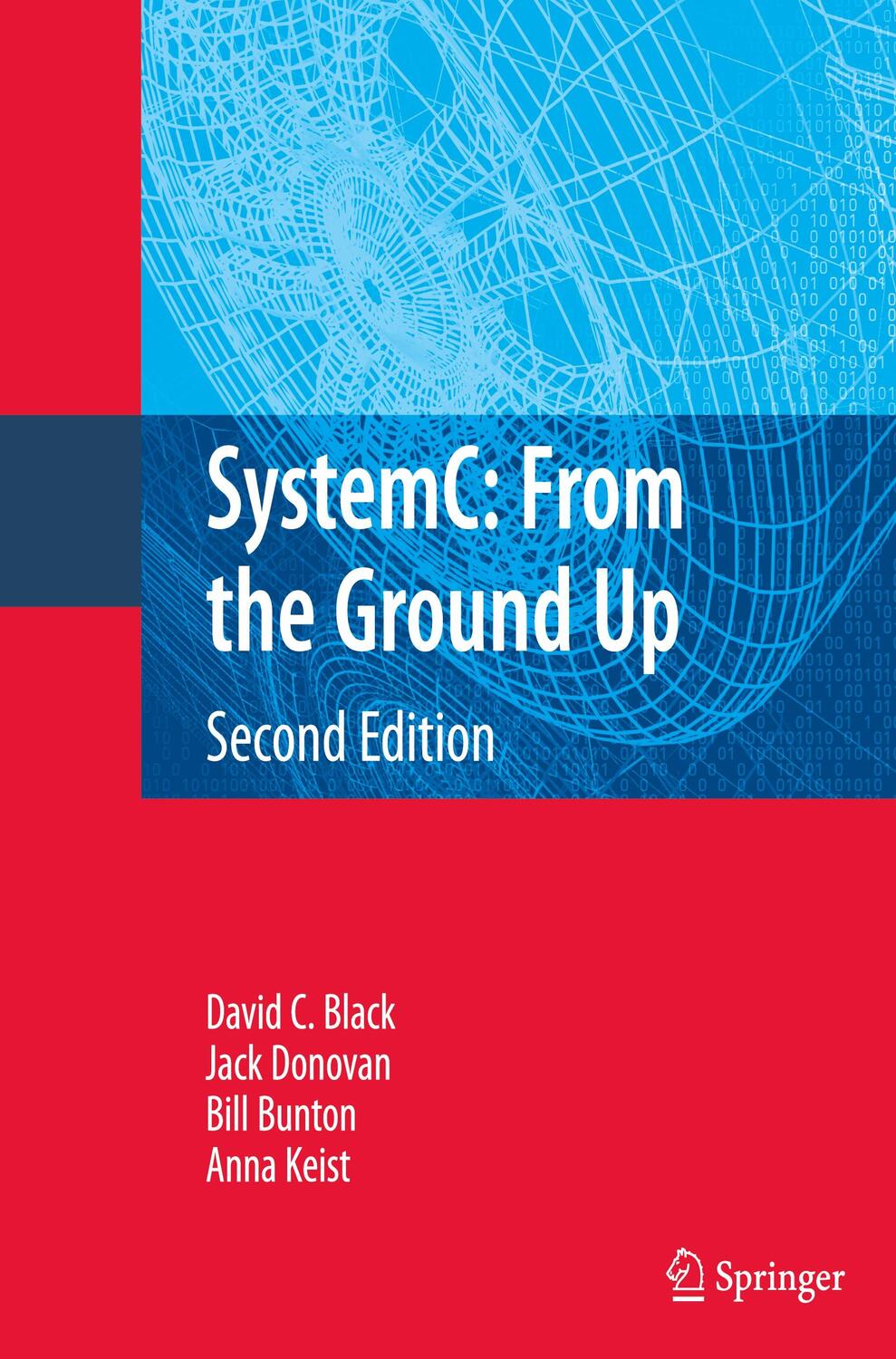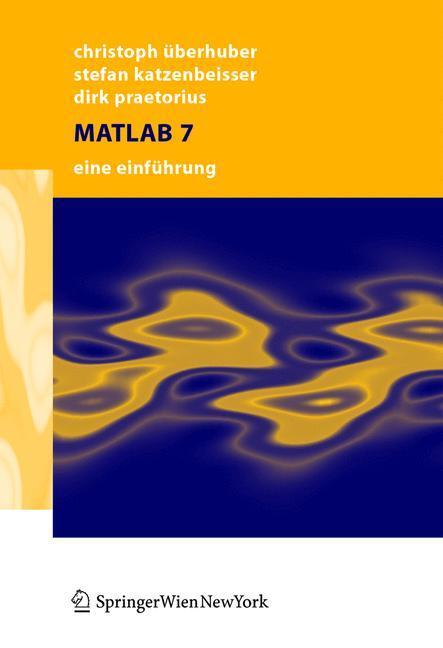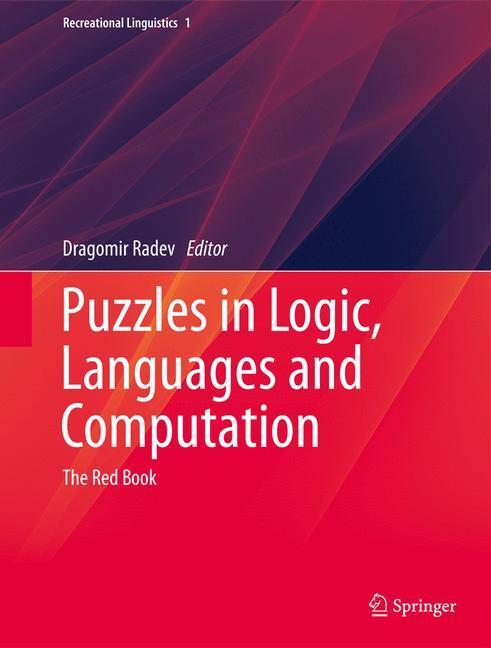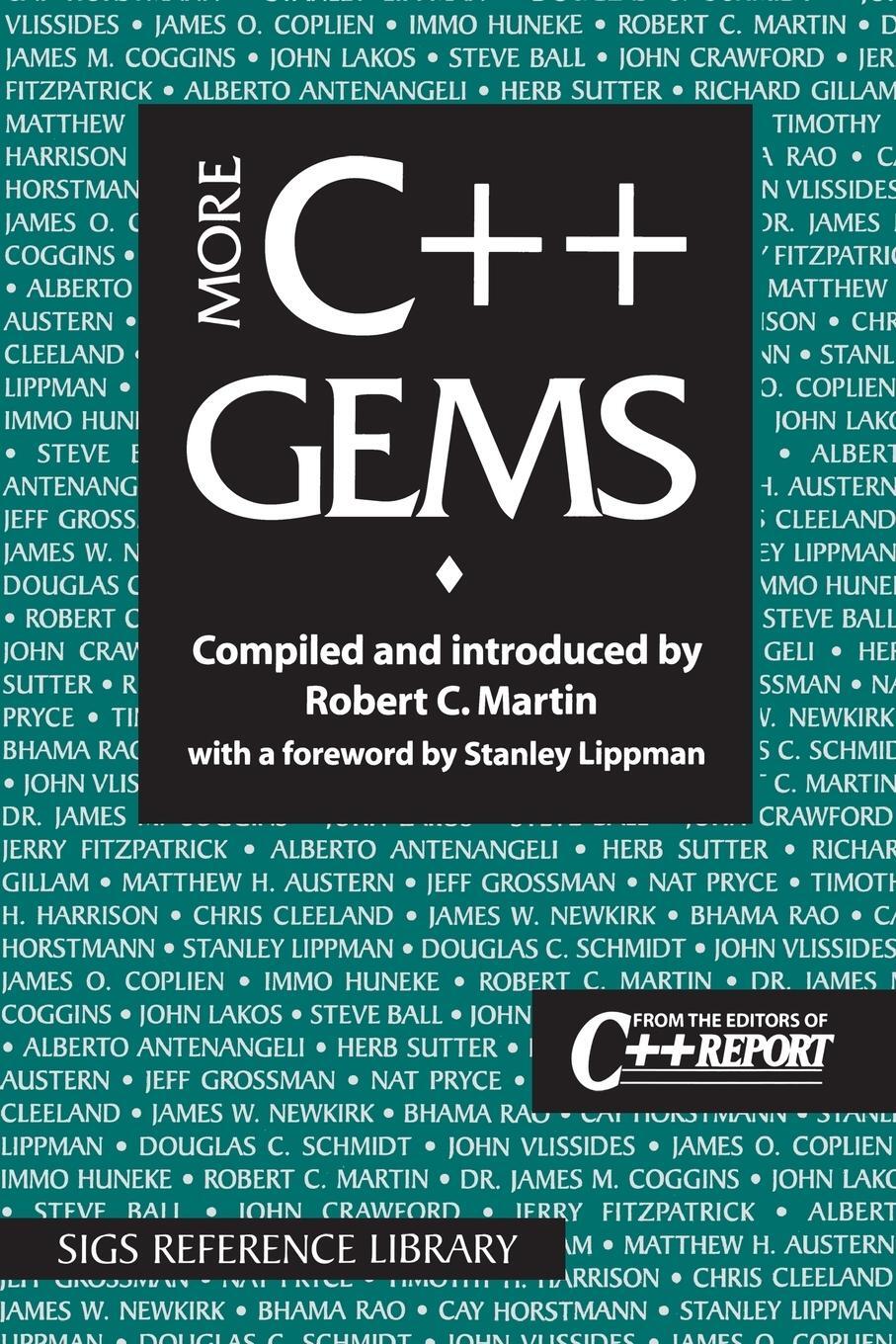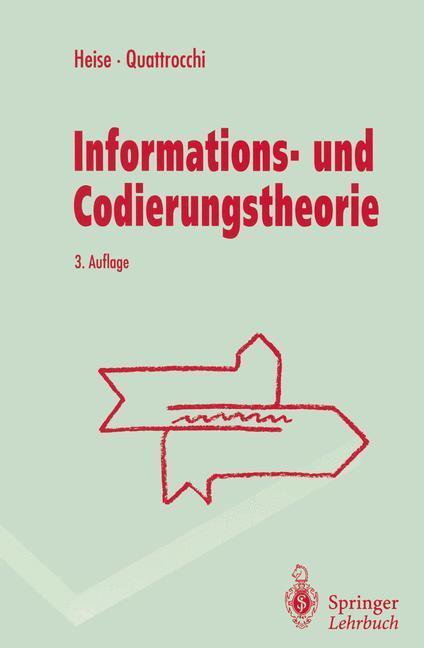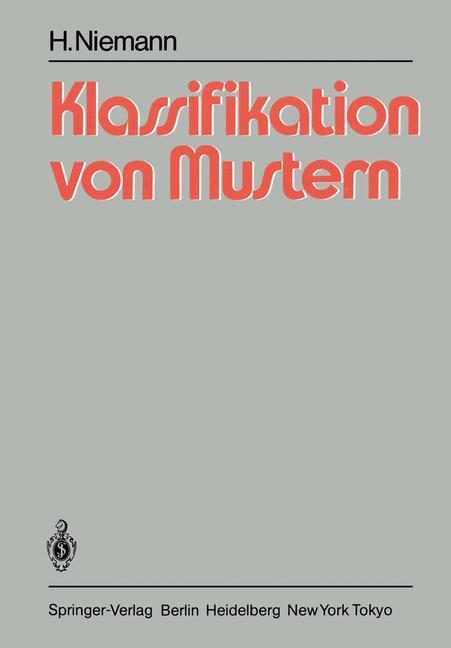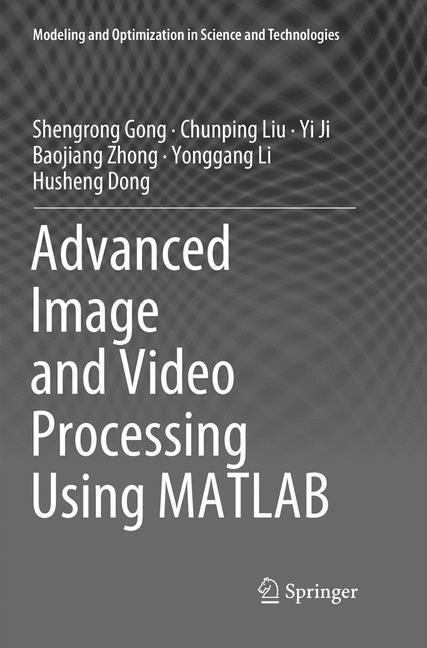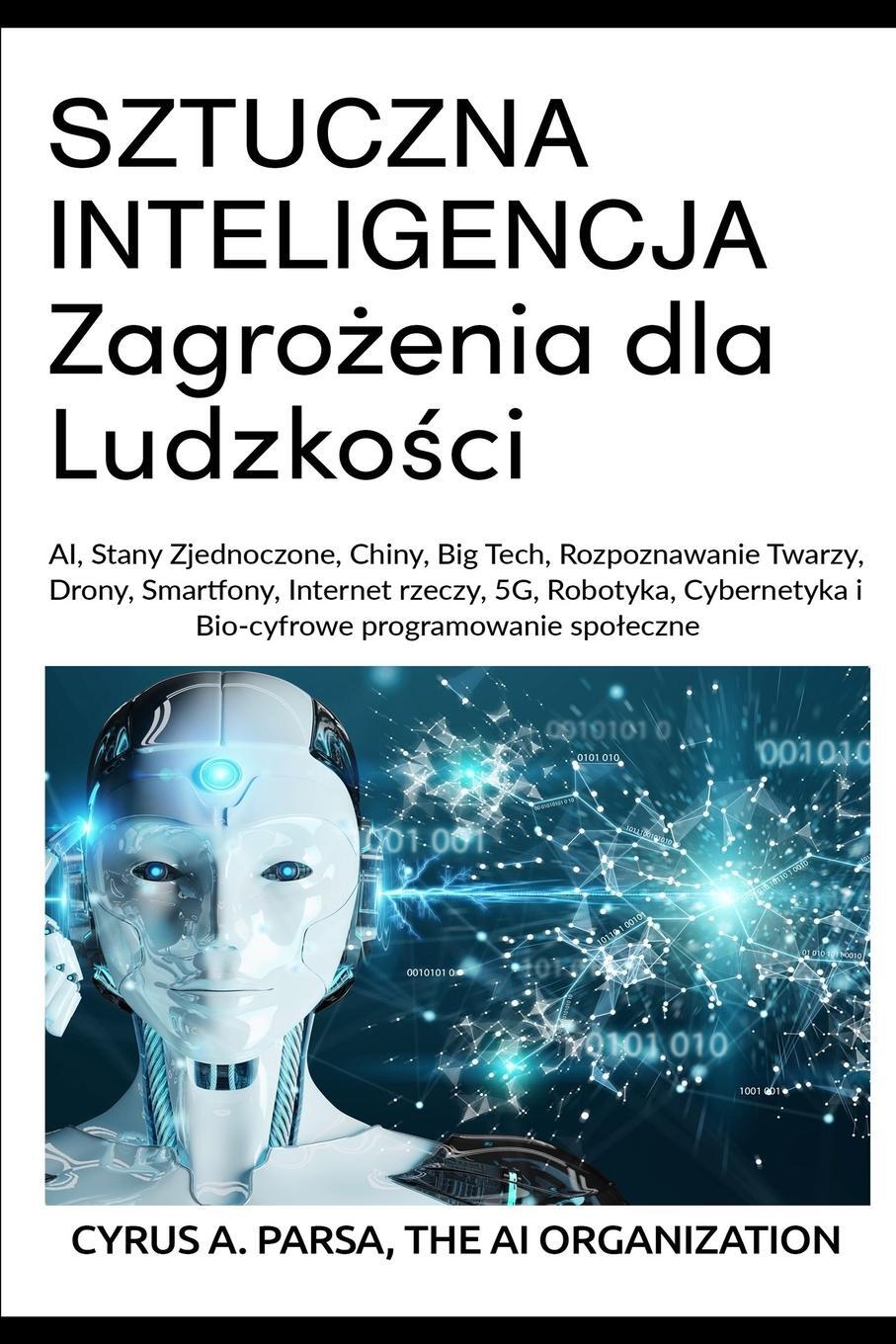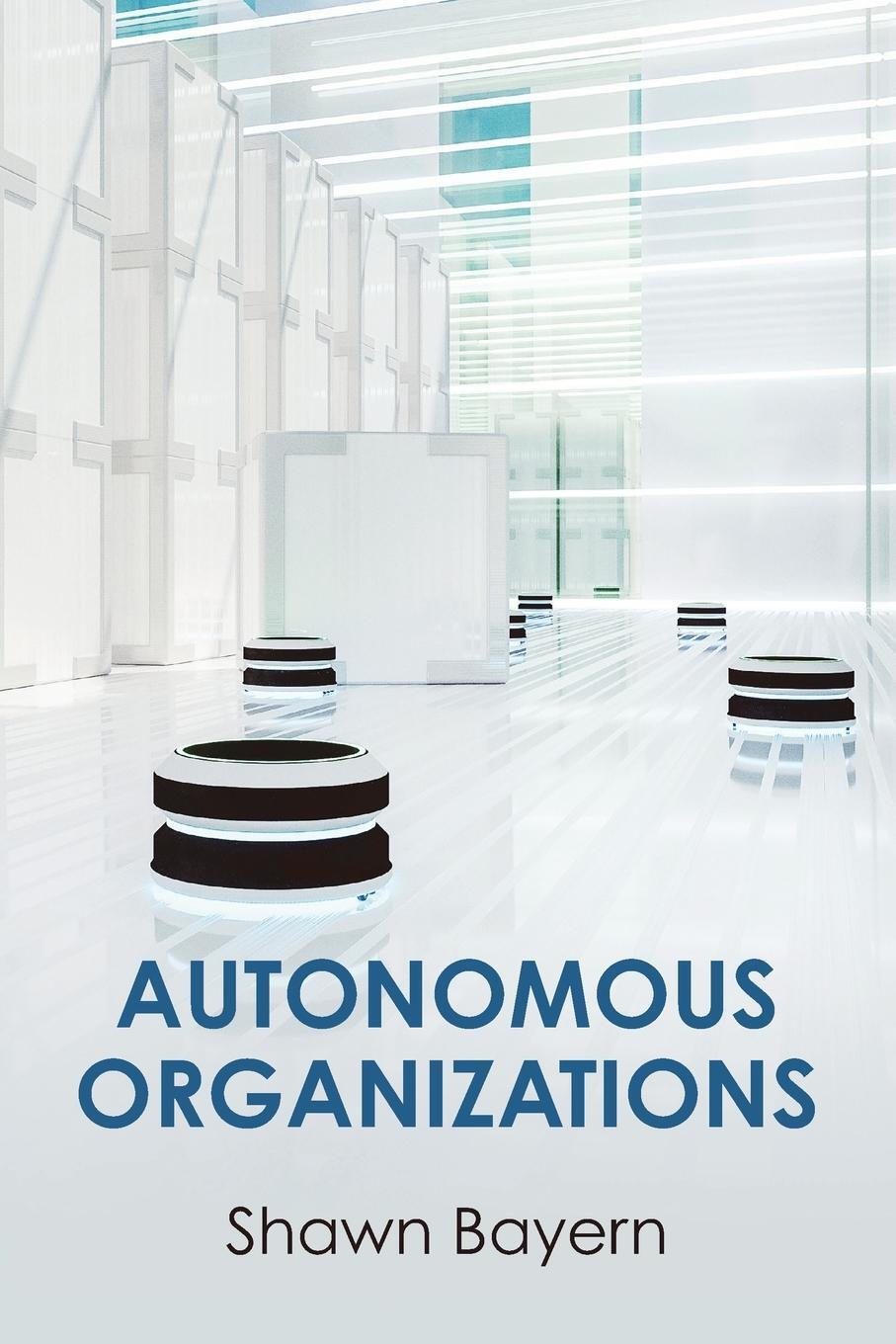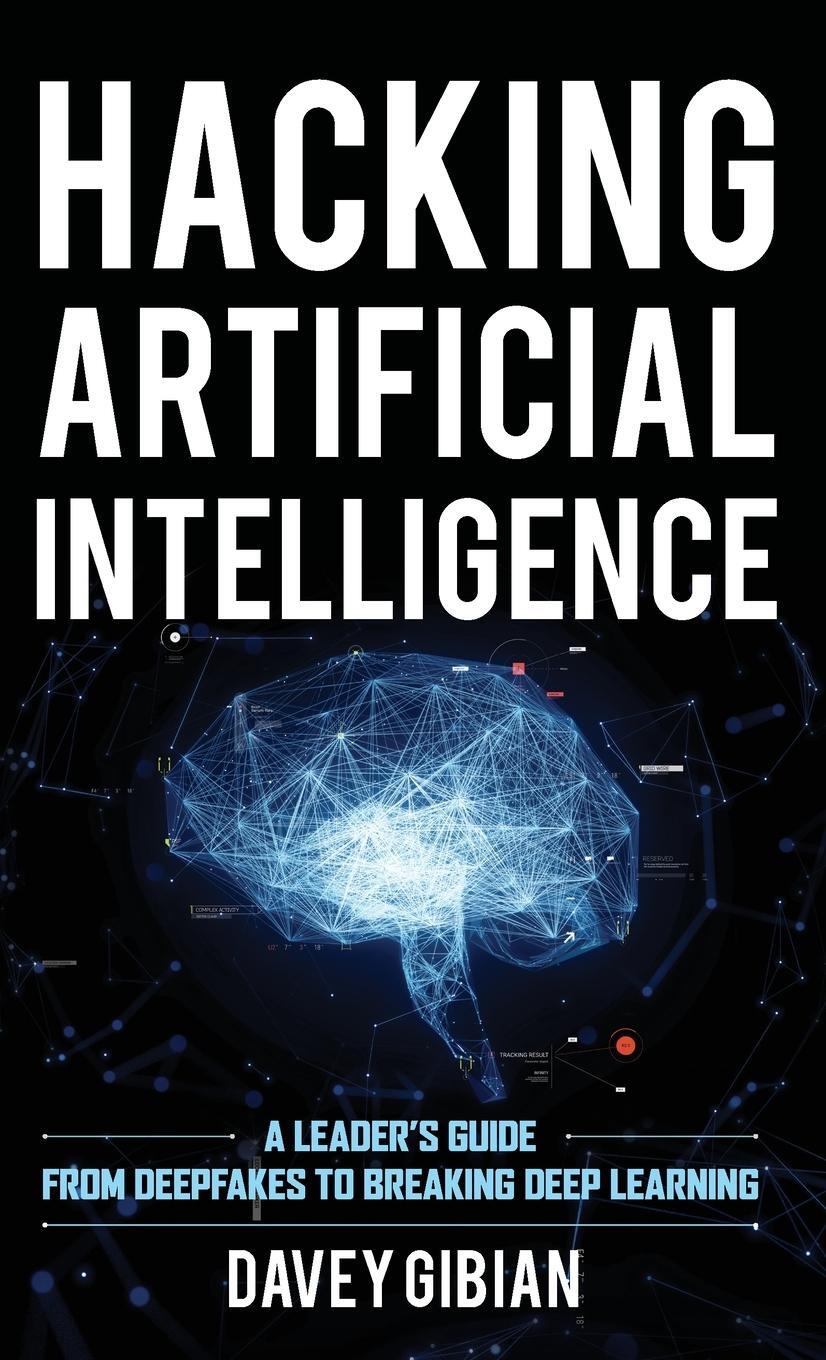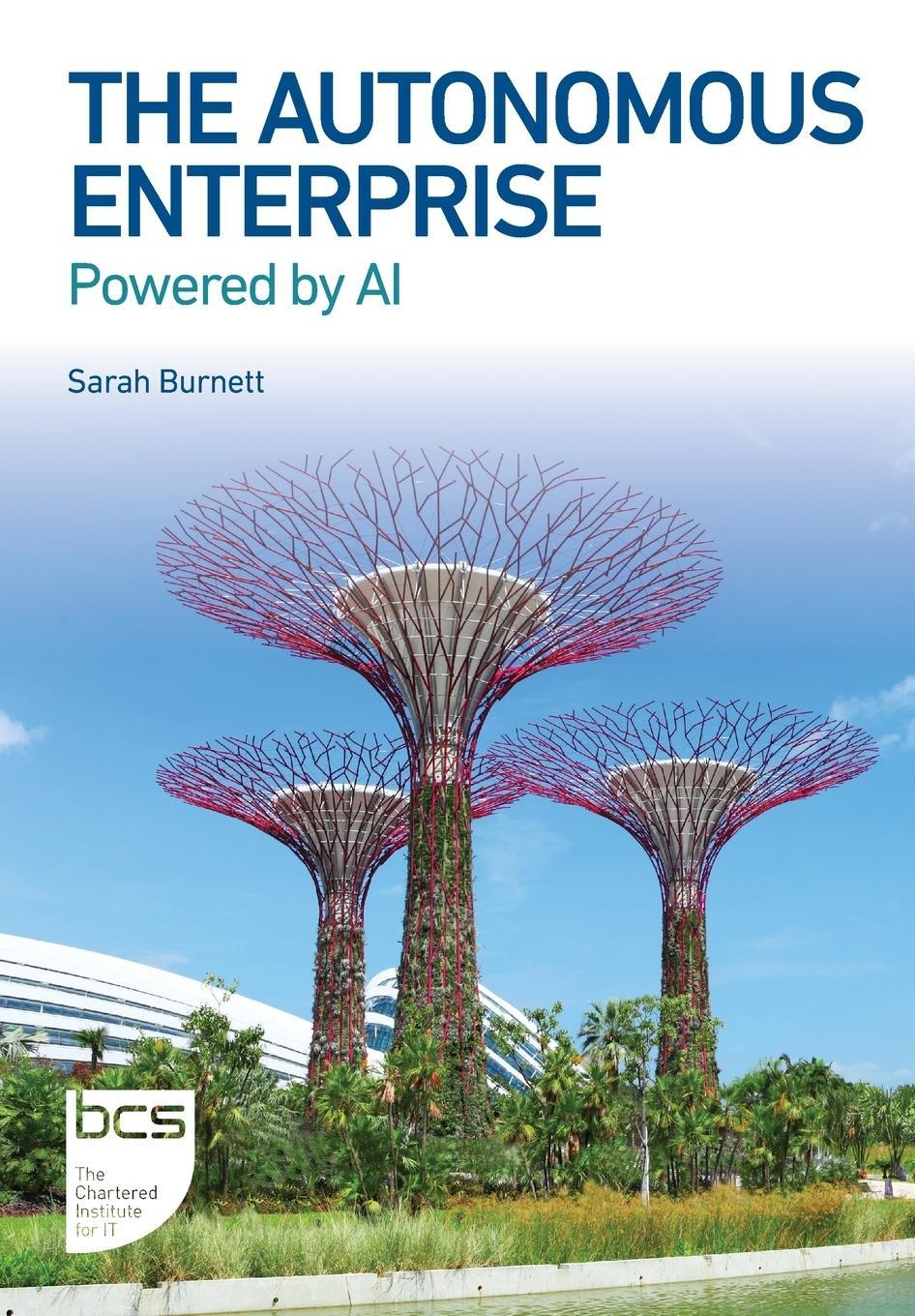Dekorationsartikel gehören nicht zum Leistungsumfang.
Sprache:
Englisch
62,55 €*
Versandkostenfrei per Post / DHL
Lieferzeit 1-2 Wochen
Kategorien:
Beschreibung
Recipes to help you build computer vision applications that make the most of the popular C++ library OpenCV 3
Key Features:Written to the latest, gold-standard specification of OpenCV 3
Master OpenCV, the open source library of the computer vision community
Master fundamental concepts in computer vision and image processing
Learn about the important classes and functions of OpenCV with complete working examples applied to real images
Book Description:
Making your applications see has never been easier with OpenCV. With it, you can teach your robot how to follow your cat, write a program to correctly identify the members of One Direction, or even help you find the right colors for your redecoration.
OpenCV 3 Computer Vision Application Programming Cookbook Third Edition provides a complete introduction to the OpenCV library and explains how to build your first computer vision program. You will be presented with a variety of computer vision algorithms and exposed to important concepts in image and video analysis that will enable you to build your own computer vision applications.
This book helps you to get started with the library, and shows you how to install and deploy the OpenCV library to write effective computer vision applications following good programming practices. You will learn how to read and write images and manipulate their pixels. Different techniques for image enhancement and shape analysis will be presented. You will learn how to detect specific image features such as lines, circles or corners. You will be introduced to the concepts of mathematical morphology and image filtering.
The most recent methods for image matching and object recognition are described, and you'll discover how to process video from files or cameras, as well as how to detect and track moving objects. Techniques to achieve camera calibration and perform multiple-view analysis will also be explained. Finally, you'll also get acquainted with recent approaches in machine learning and object classification.
What you will learn:Install and create a program using the OpenCV library
Process an image by manipulating its pixels
Analyze an image using histograms
Segment images into homogenous regions and extract meaningful objects
Apply image filters to enhance image content
Exploit the image geometry in order to relay different views of a pictured scene
Calibrate the camera from different image observations
Detect people and objects in images using machine learning techniques
Reconstruct a 3D scene from images
Who this book is for:
OpenCV 3 Computer Vision Application Programming Cookbook Third Edition is appropriate for novice C++ programmers who want to learn how to use the OpenCV library to build computer vision applications. It is also suitable for professional software developers who wish to be introduced to the concepts of computer vision programming. It can also be used as a companion book for university-level computer vision courses. It constitutes an excellent reference for graduate students and researchers in image processing and computer vision.
Key Features:Written to the latest, gold-standard specification of OpenCV 3
Master OpenCV, the open source library of the computer vision community
Master fundamental concepts in computer vision and image processing
Learn about the important classes and functions of OpenCV with complete working examples applied to real images
Book Description:
Making your applications see has never been easier with OpenCV. With it, you can teach your robot how to follow your cat, write a program to correctly identify the members of One Direction, or even help you find the right colors for your redecoration.
OpenCV 3 Computer Vision Application Programming Cookbook Third Edition provides a complete introduction to the OpenCV library and explains how to build your first computer vision program. You will be presented with a variety of computer vision algorithms and exposed to important concepts in image and video analysis that will enable you to build your own computer vision applications.
This book helps you to get started with the library, and shows you how to install and deploy the OpenCV library to write effective computer vision applications following good programming practices. You will learn how to read and write images and manipulate their pixels. Different techniques for image enhancement and shape analysis will be presented. You will learn how to detect specific image features such as lines, circles or corners. You will be introduced to the concepts of mathematical morphology and image filtering.
The most recent methods for image matching and object recognition are described, and you'll discover how to process video from files or cameras, as well as how to detect and track moving objects. Techniques to achieve camera calibration and perform multiple-view analysis will also be explained. Finally, you'll also get acquainted with recent approaches in machine learning and object classification.
What you will learn:Install and create a program using the OpenCV library
Process an image by manipulating its pixels
Analyze an image using histograms
Segment images into homogenous regions and extract meaningful objects
Apply image filters to enhance image content
Exploit the image geometry in order to relay different views of a pictured scene
Calibrate the camera from different image observations
Detect people and objects in images using machine learning techniques
Reconstruct a 3D scene from images
Who this book is for:
OpenCV 3 Computer Vision Application Programming Cookbook Third Edition is appropriate for novice C++ programmers who want to learn how to use the OpenCV library to build computer vision applications. It is also suitable for professional software developers who wish to be introduced to the concepts of computer vision programming. It can also be used as a companion book for university-level computer vision courses. It constitutes an excellent reference for graduate students and researchers in image processing and computer vision.
Recipes to help you build computer vision applications that make the most of the popular C++ library OpenCV 3
Key Features:Written to the latest, gold-standard specification of OpenCV 3
Master OpenCV, the open source library of the computer vision community
Master fundamental concepts in computer vision and image processing
Learn about the important classes and functions of OpenCV with complete working examples applied to real images
Book Description:
Making your applications see has never been easier with OpenCV. With it, you can teach your robot how to follow your cat, write a program to correctly identify the members of One Direction, or even help you find the right colors for your redecoration.
OpenCV 3 Computer Vision Application Programming Cookbook Third Edition provides a complete introduction to the OpenCV library and explains how to build your first computer vision program. You will be presented with a variety of computer vision algorithms and exposed to important concepts in image and video analysis that will enable you to build your own computer vision applications.
This book helps you to get started with the library, and shows you how to install and deploy the OpenCV library to write effective computer vision applications following good programming practices. You will learn how to read and write images and manipulate their pixels. Different techniques for image enhancement and shape analysis will be presented. You will learn how to detect specific image features such as lines, circles or corners. You will be introduced to the concepts of mathematical morphology and image filtering.
The most recent methods for image matching and object recognition are described, and you'll discover how to process video from files or cameras, as well as how to detect and track moving objects. Techniques to achieve camera calibration and perform multiple-view analysis will also be explained. Finally, you'll also get acquainted with recent approaches in machine learning and object classification.
What you will learn:Install and create a program using the OpenCV library
Process an image by manipulating its pixels
Analyze an image using histograms
Segment images into homogenous regions and extract meaningful objects
Apply image filters to enhance image content
Exploit the image geometry in order to relay different views of a pictured scene
Calibrate the camera from different image observations
Detect people and objects in images using machine learning techniques
Reconstruct a 3D scene from images
Who this book is for:
OpenCV 3 Computer Vision Application Programming Cookbook Third Edition is appropriate for novice C++ programmers who want to learn how to use the OpenCV library to build computer vision applications. It is also suitable for professional software developers who wish to be introduced to the concepts of computer vision programming. It can also be used as a companion book for university-level computer vision courses. It constitutes an excellent reference for graduate students and researchers in image processing and computer vision.
Key Features:Written to the latest, gold-standard specification of OpenCV 3
Master OpenCV, the open source library of the computer vision community
Master fundamental concepts in computer vision and image processing
Learn about the important classes and functions of OpenCV with complete working examples applied to real images
Book Description:
Making your applications see has never been easier with OpenCV. With it, you can teach your robot how to follow your cat, write a program to correctly identify the members of One Direction, or even help you find the right colors for your redecoration.
OpenCV 3 Computer Vision Application Programming Cookbook Third Edition provides a complete introduction to the OpenCV library and explains how to build your first computer vision program. You will be presented with a variety of computer vision algorithms and exposed to important concepts in image and video analysis that will enable you to build your own computer vision applications.
This book helps you to get started with the library, and shows you how to install and deploy the OpenCV library to write effective computer vision applications following good programming practices. You will learn how to read and write images and manipulate their pixels. Different techniques for image enhancement and shape analysis will be presented. You will learn how to detect specific image features such as lines, circles or corners. You will be introduced to the concepts of mathematical morphology and image filtering.
The most recent methods for image matching and object recognition are described, and you'll discover how to process video from files or cameras, as well as how to detect and track moving objects. Techniques to achieve camera calibration and perform multiple-view analysis will also be explained. Finally, you'll also get acquainted with recent approaches in machine learning and object classification.
What you will learn:Install and create a program using the OpenCV library
Process an image by manipulating its pixels
Analyze an image using histograms
Segment images into homogenous regions and extract meaningful objects
Apply image filters to enhance image content
Exploit the image geometry in order to relay different views of a pictured scene
Calibrate the camera from different image observations
Detect people and objects in images using machine learning techniques
Reconstruct a 3D scene from images
Who this book is for:
OpenCV 3 Computer Vision Application Programming Cookbook Third Edition is appropriate for novice C++ programmers who want to learn how to use the OpenCV library to build computer vision applications. It is also suitable for professional software developers who wish to be introduced to the concepts of computer vision programming. It can also be used as a companion book for university-level computer vision courses. It constitutes an excellent reference for graduate students and researchers in image processing and computer vision.
Über den Autor
Robert Laganiere is a professor at the University of Ottawa, Canada. He is also a faculty member of the VIVA research lab and is the coauthor of several scientific publications and patents in content-based video analysis, visual surveillance, driver-assistance, object detection, and tracking. He cofounded Visual Cortek, a video analytics start-up, which was later acquired by iWatchLife. He is also a consultant in computer vision and has assumed the role of chief scientist in a number of start-ups companies, including Cognivue Corp, iWatchLife, and Tempo Analytics. Robert has a Bachelor of Electrical Engineering degree from Ecole Polytechnique in Montreal (1987), and M.Sc. and Ph.D. degrees from INRS-Telecommunications, Montreal (1996).
Über den Autor
Robert Laganiere is a professor at the University of Ottawa, Canada. He is also a faculty member of the VIVA research lab and is the coauthor of several scientific publications and patents in content-based video analysis, visual surveillance, driver-assistance, object detection, and tracking. He cofounded Visual Cortek, a video analytics start-up, which was later acquired by iWatchLife. He is also a consultant in computer vision and has assumed the role of chief scientist in a number of start-ups companies, including Cognivue Corp, iWatchLife, and Tempo Analytics. Robert has a Bachelor of Electrical Engineering degree from Ecole Polytechnique in Montreal (1987), and M.Sc. and Ph.D. degrees from INRS-Telecommunications, Montreal (1996).
Warnhinweis

